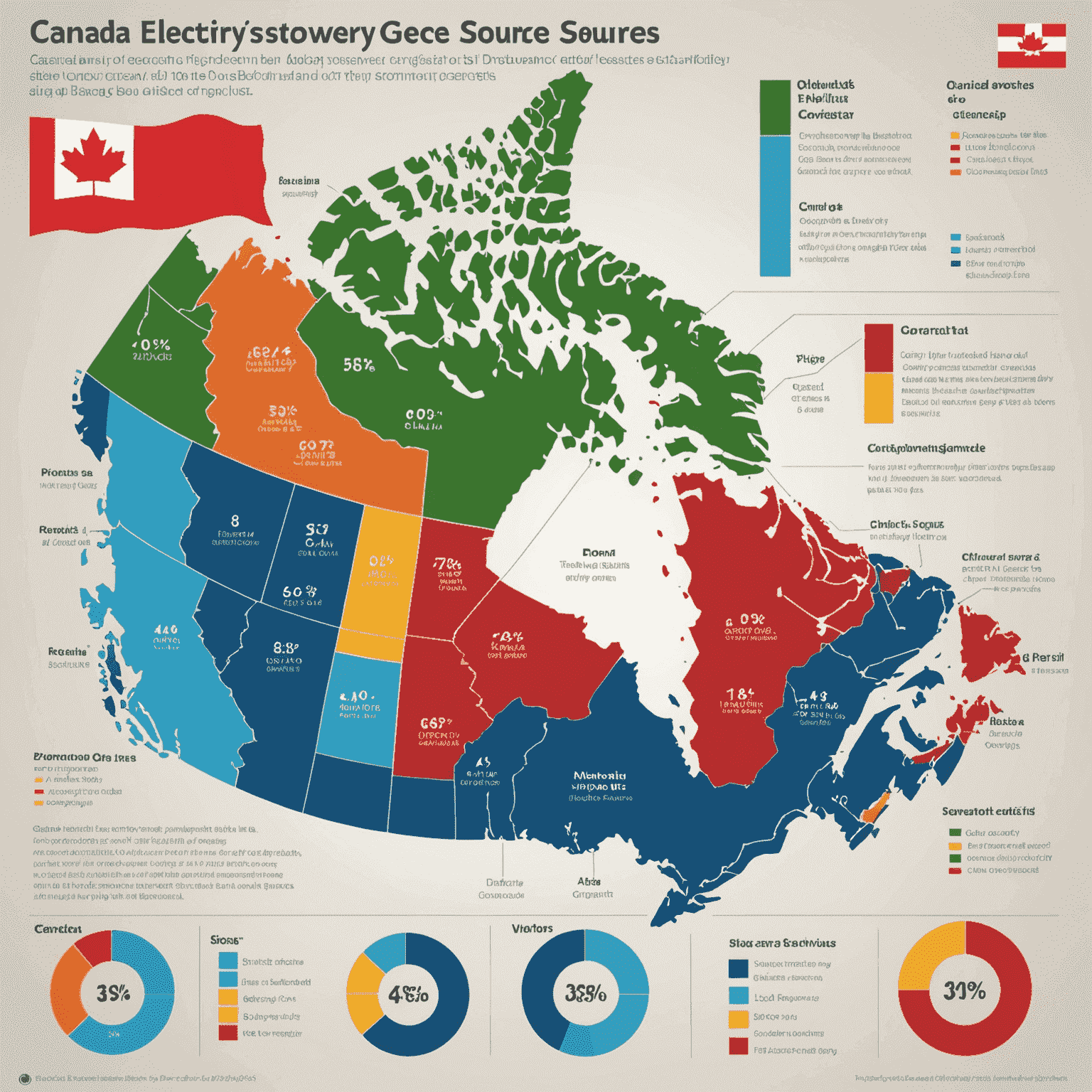Hydroelectric Power: Past, Present, and Future

Canada has long been a pioneer in harnessing the power of water to generate clean, renewable electricity. As we look towards a future of energy independence, hydroelectric power continues to play a crucial role in our nation's energy landscape.
The Rich History of Hydropower in Canada
Since the late 19th century, Canada has been utilizing its abundant water resources to generate electricity. The first hydroelectric plant in the country was built in 1881 at Chaudière Falls on the Ottawa River. This marked the beginning of a new era in Canadian energy production.
Throughout the 20th century, massive hydroelectric projects were undertaken across the country, including:
- The Niagara Falls power stations
- The James Bay Project in Quebec
- The W.A.C. Bennett Dam in British Columbia
These projects not only provided clean energy but also played a significant role in Canada's industrial development and economic growth.
The Current State of Hydroelectric Power
Today, hydroelectricity accounts for about 60% of Canada's total electricity generation, making it the largest source of renewable energy in the country. This significant contribution to our energy mix has helped Canada maintain one of the cleanest electricity grids in the world.

Key benefits of modern hydroelectric power include:
- Low greenhouse gas emissions
- Long-lasting infrastructure with minimal maintenance
- Ability to quickly respond to fluctuating electricity demands
- Contribution to flood control and water management
The Future of Hydropower Expansion
As Canada moves towards greater energy independence and a more sustainable future, hydroelectric power is poised for further expansion. However, this growth comes with both opportunities and challenges:
Opportunities
- Upgrading existing facilities to increase efficiency and output
- Developing small-scale and run-of-river projects with lower environmental impacts
- Integrating hydropower with other renewable sources like wind and solar for grid stability
- Exporting clean electricity to neighboring regions, boosting Canada's green economy
Challenges
- Balancing environmental conservation with energy production
- Addressing concerns of Indigenous communities and ensuring fair partnerships
- Mitigating the impacts of climate change on water resources
- Securing funding for large-scale infrastructure projects
Despite these challenges, the future of hydroelectric power in Canada remains bright. With careful planning and stakeholder engagement, we can continue to expand our hydroelectric capacity while minimizing environmental impacts and maximizing benefits for all Canadians.
Conclusion
Hydroelectric power has been, and will continue to be, a cornerstone of Canada's journey towards energy independence and a sustainable future. By building on our rich history and embracing innovative technologies, we can ensure that hydropower remains a clean, reliable, and renewable source of energy for generations to come.
As we face the global challenge of climate change, Canada's expertise in hydroelectric power positions us as a leader in renewable energy. By continuing to invest in and expand our hydroelectric capabilities, we not only secure our own energy future but also contribute to the global transition towards a more sustainable world.